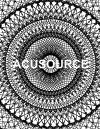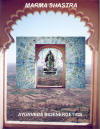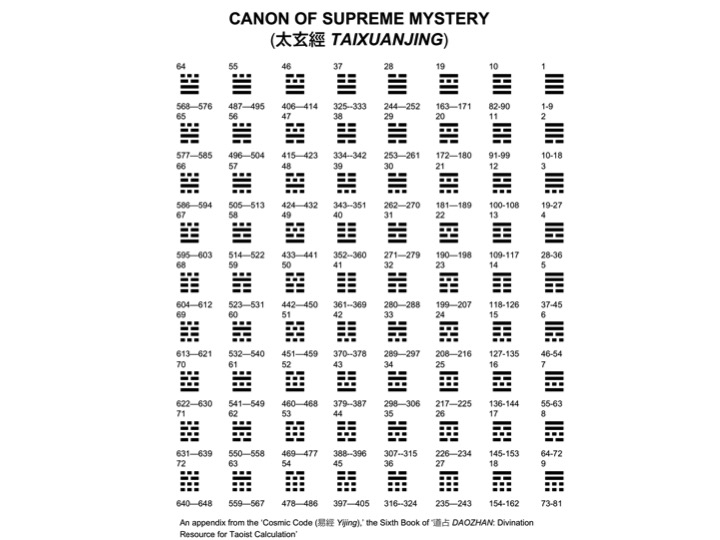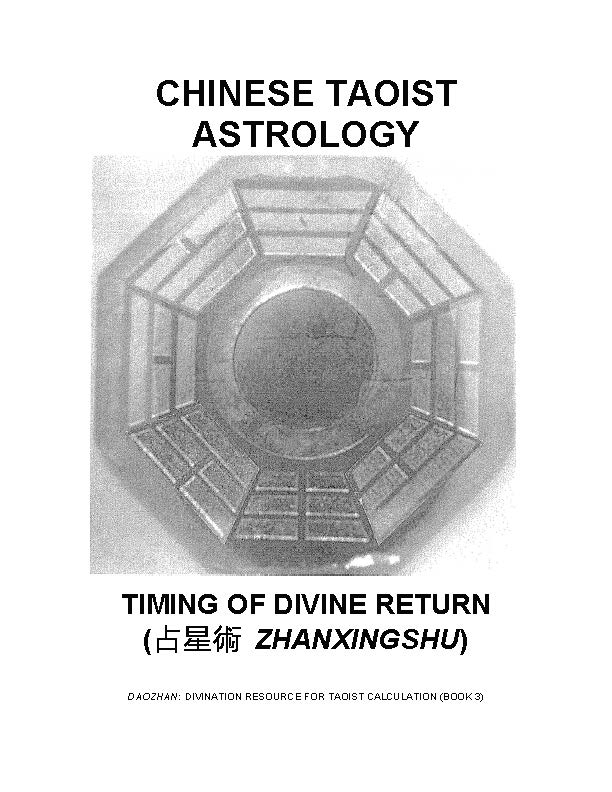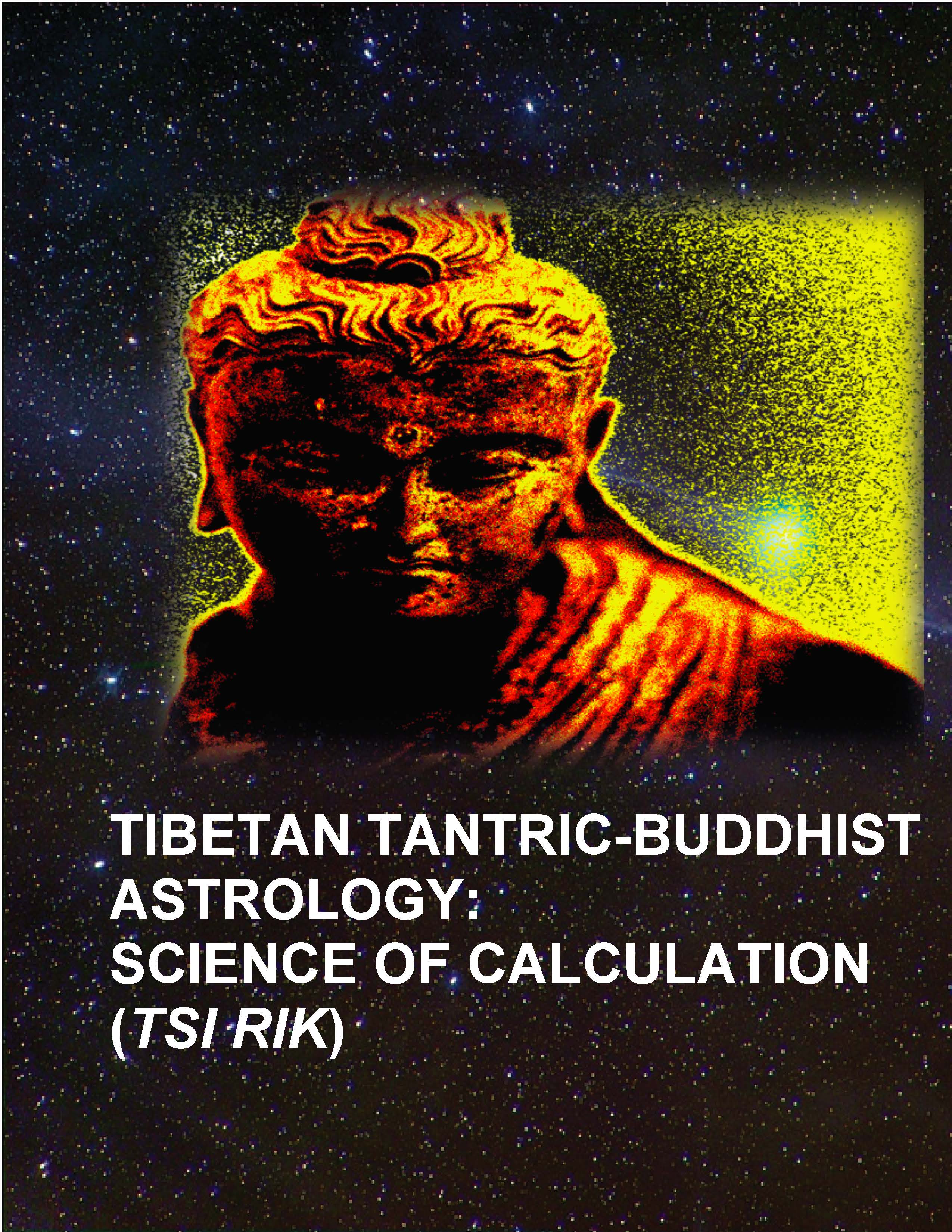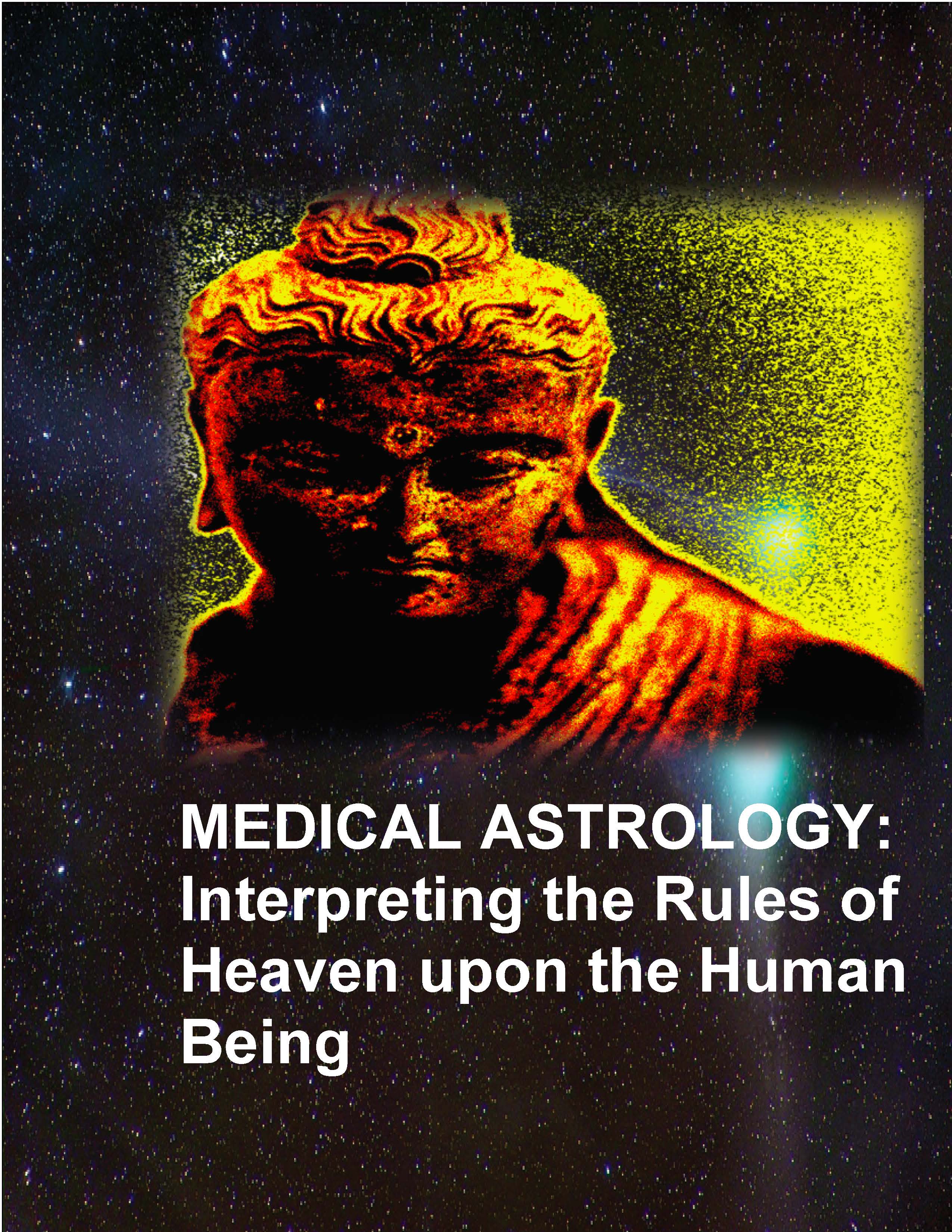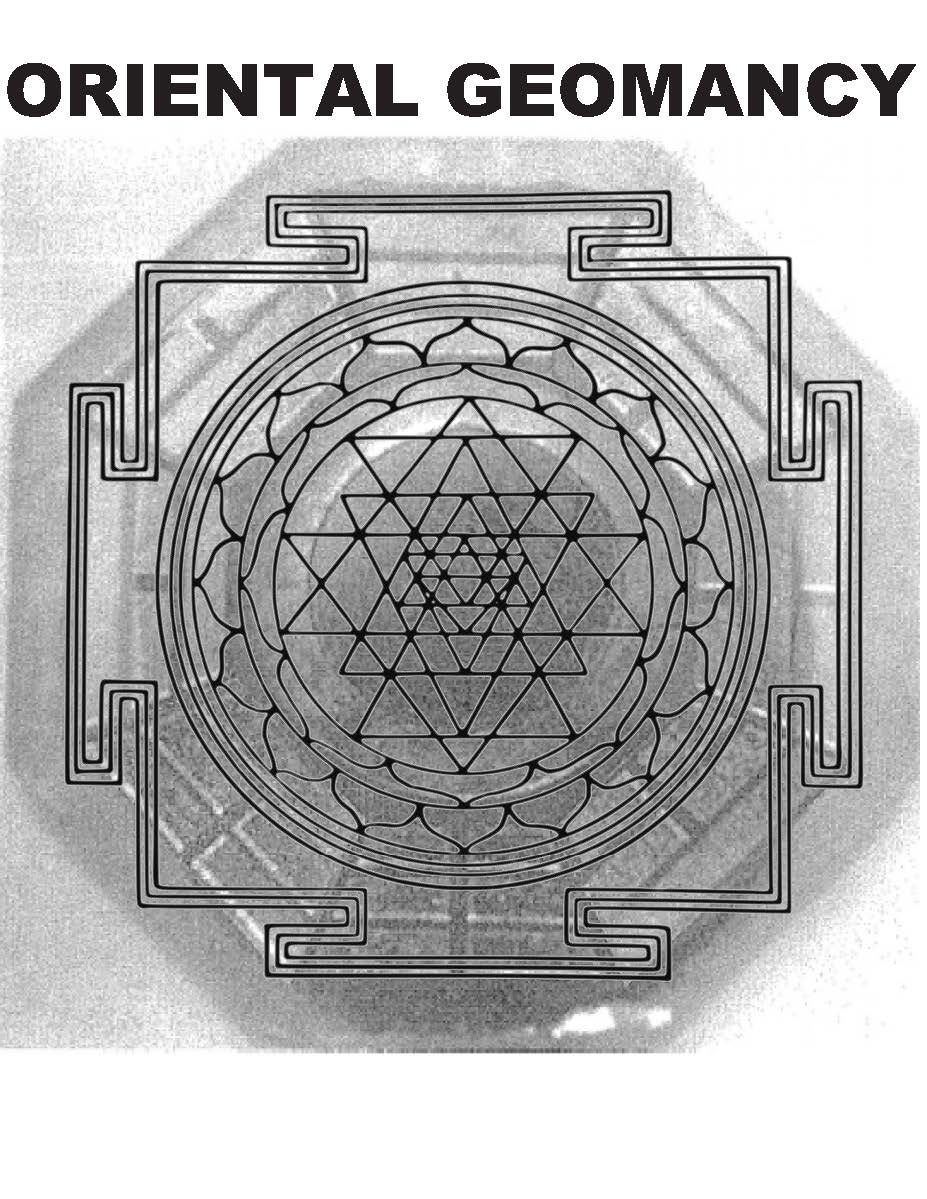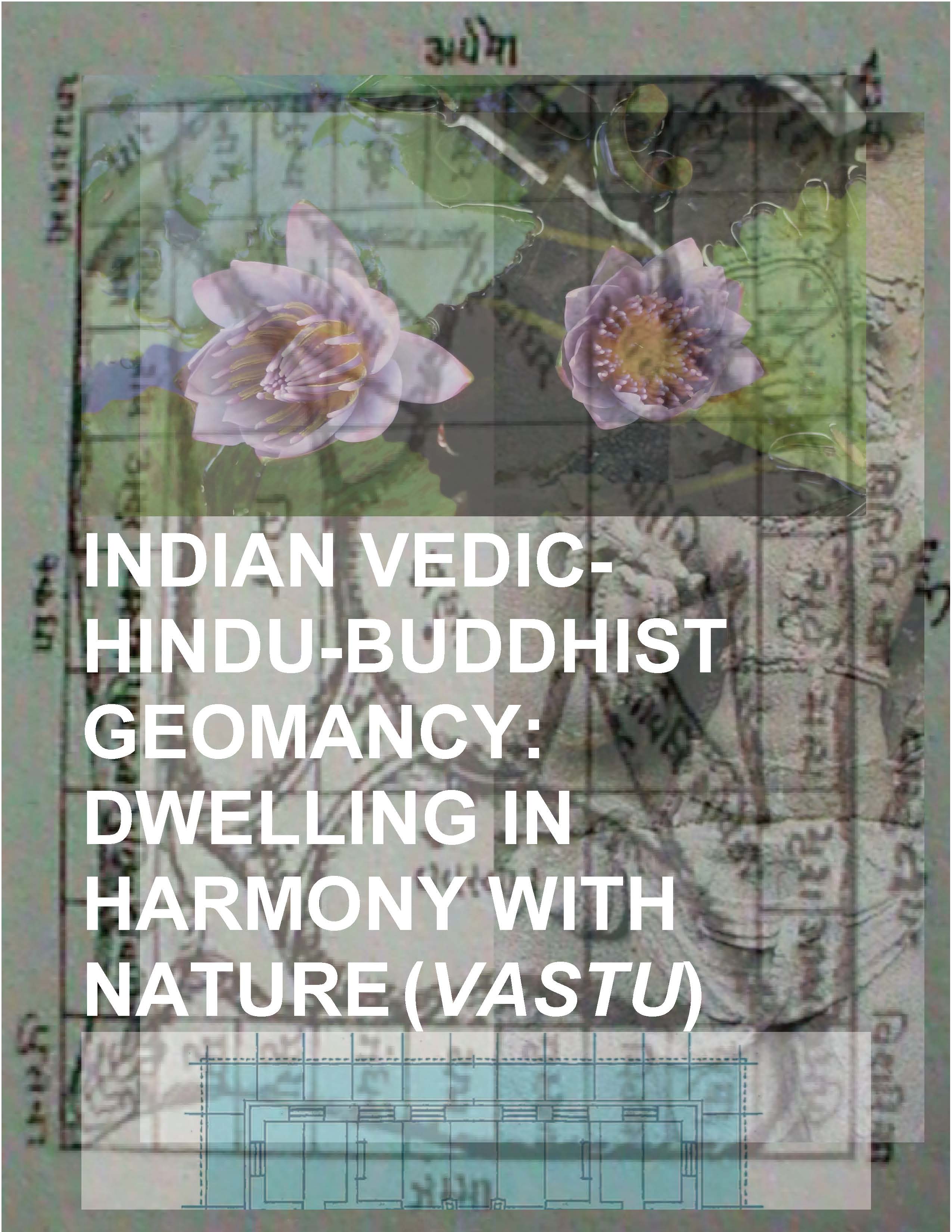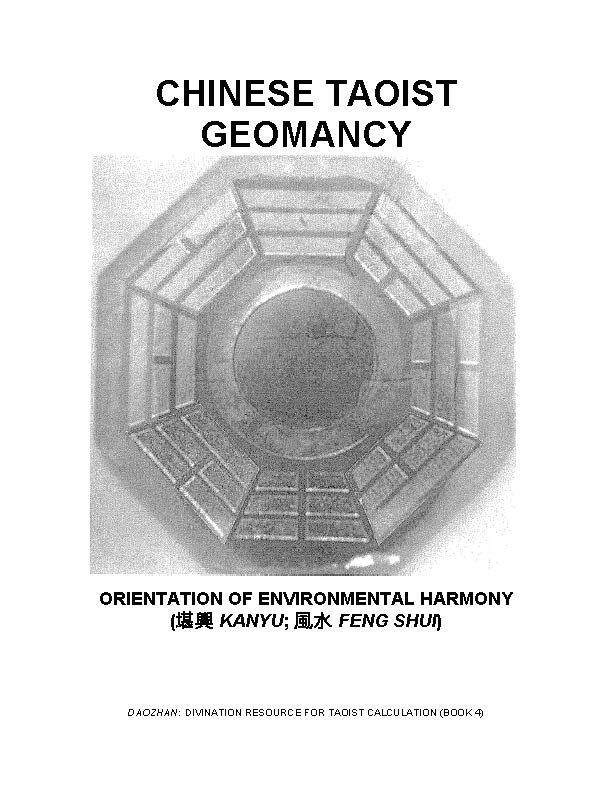HOME Calendar Consultation Clinic Divination Texts Video Music Theatre Acupuncture Herbs Tuina Nutrition Qigong
LOTUSSPACE PRESS*
See text samples by clicking on the white hyperlinks below. To purchase a complete text download (ebook), see instructions below (preferred payment method: Venmo @Tianshanyidao).
Email info@lotusspace.com with inquiries.
This Acupuncture Source Book is appropriate for anyone wanting to know more about Chinese acupuncture. The compilation of the information for this book was my method of studying for the acupuncture licensing examination. Therefore, it may be very good for licensing exam preparation. It is also intended to be a quick reference guide in professional practice.
This book concisely and completely compiles information from commonly used text sources studied in acupuncture schools today, and organizes the information to be referenced quickly. It systematically summarizes the history of Chinese acupuncture and moxibustion, energetic theory, diagnostic method, syndrome evaluation, and treatment method. The appendices include the diagnostic arts of body analysis, face analysis, and hand analysis, and additional treatment modalities utilizing acupoints, electro-acupuncture, acupuncture anesthesia, auricular acupuncture, scalp acupuncture, Korean hand acupuncture, cupping, and gua sha. The sources are referenced at the beginning of each section in tabular form and at the beginning of each subsection in parentheses. All figures are located at the end of the document and referenced throughout.

In ancient China, the Taoists believed that sickness came to those who were unrighteous, or lived incorrectly; sinned. Living morally and frugally, by collecting good deeds, was the principal technique for a Taoist adept to become an immortal, or harmonize the spirit with the source of creation.
"Maintain yourself in calm non-intervention, and there will be no need for exorcism or invocation; the Tao is here and not far away, and our fate lies in ourselves, not in the exterior world." Zhuangzi
This book serves as a quick reference guide that provides diagnostic differentiations and treatment plans for common biomedical (western) syndromes using Traditional Chinese Medicine. This book is appropriate for TCM professionals. It is recommended that the reader have a background in TCM etiology, pathogenesis, and differentiation and treatment prior to using this manual.
The information is presented in tabular format for quick referencing. The common syndromes are classified according to anatomical system, and generally arranged from exterior to interior, or superior to inferior. The common syndromes are introduced by biomedical (western) definition, and then differentiated according to TCM by row. The table consists of four columns. Columns 1 and 2 differentiate common syndromes by compiling diagnostic information, while Columns 3 and 4 formulate treatment plans by compiling acupuncture and herbal prescriptions.
The holy sages were divine, hence they knew the future; they were wise, hence they stored up the past.- Yijing as quoted in Da Liu
The word Tao (Dao) means way, or more specifically way of truth. This book concisely presents methods of Taoist divination (zhan), or mystic mathematics (shu), which is structured by an intricately unfolding pantheon cosmology. Taoist divination provides the practitioner with a clear perspective of the source of creation through the application of the philosophy of nature. Focusing on the source, improves the quality of life by defining the path of immortality, which is followed by the Taoist adept (daoren) for becoming the sage (shengren). Divination is fundamentally applied as a cosmological code (earth-external) and philosophical guide (heaven-internal) for facilitating the success of interior alchemy (neidan) (the process of returning the spirit to the divine origin).
When the ideogram for divination (zhan) is broken apart, the upper radical translates as upper and the lower mouth. This analysis of upper mouth implies the meaning divine message. The interpretations of divination, particularly the methods of astrology, a derivative of astronomy (mathematics in space-time), prompted the derivation of Yijing (Book of Changes) oracle symbols, which lead to the invention of writing. Divination opens communication with heaven through various conjunctive methods. Correct timing (astrology), orientation (geomancy), and design (alchemy) allows the revelation of the oracle to whisper the way of truth.
Taoist divination makes the unpredictable predictable through the interpretation of evident natural patterns. It is the mathematical tool that observes a natural philosophy (spiritual principles) for regulating an intuitive practice (physical instincts). Divination is a way of formulating intuitive ritual through mystic calculation. It transforms the concept of coincidence into integrated event synchronicity through intuitive interpretation. Since prediction and calculation have the same meaning in Chinese (suan), they did not distinguish between numerology and mathematics.
Taoist divination, a diagnostic discipline of Taoist medicine, is the art of understanding reality (predicting portents) by utilizing such modalities as astrology, geomancy, Yijing calculation, and biomancy (analysis of the face, body and hand). Astrology predicts the inherited fortune (karmic condition) bestowed by heaven. Geomancy predicts the fortune in personal harmony with the environment. Body and face analysis predicts the fortune in ones outer appearance. Hand analysis predicts the fortune in ones inner self (personality). Yijing oracle mathematics provides the symbolic cosmic code as philosophical guidance for spiritual alchemy.
xxxxx
DAOZHAN chapters are also available in separate books (see sample above):

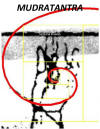
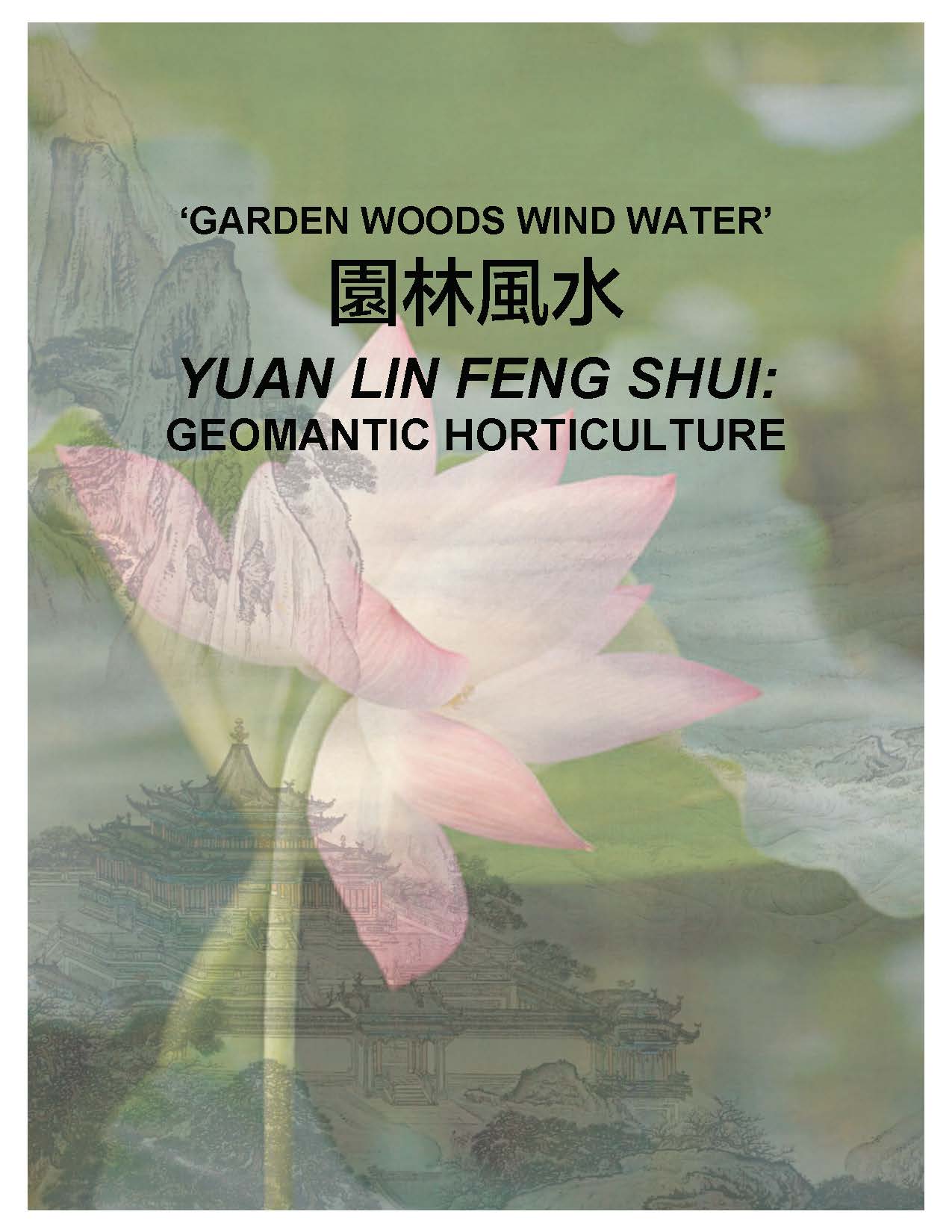
This book combines hand modalities (diagnostic and therapeutic) from various oriental medical systems, founded upon a philosophy-religion in harmony with nature, in order to thoroughly evaluate, diagnose and treat the human body through the hand alone. Mudra Tantra surveys these hand modalities in chronological sequence according to their emergence and/or flourishing in world (oriental) culture. This book concisely yet completely compiles information from selected text sources, and organizes the information into tables and figures to be referenced quickly.
The main text systematically surveys Vedic-Tantric Mudra (hand gestures, or divine seals) as mental yoga in the hands, an extension or completion of yoga posture (asana); primary active therapy. Mudra meditation for alchemical/spiritual transformation via hand gesture is an active therapy, rather than a passive therapy (eg. patient receiving acupuncture, or reflexology massage).
The main text will survey Ayurveda History (Vedic Medicine and Tantric Mysticism), Vedic Cosmology, Tantric (Yogic) Energetic Theory (these initial sections are excerpts from Marmashastra: Ayurveda Bio-Energetics, by Hamilton), and tabularize practical (therapeutic, spiritual) data via the Mudra Index (the texts practical focus), to provide the reader with a deeper cosmological hence therapeutic understanding of the origins of mudra theory and intentions behind mudra function.
The Mudra Index lists various names and their translations, describes the hand gesture, the particular posture, breathing, visualization, affirmation, repetition, duration, and frequency associated with practice, as well as compares variations in practice and cross-cultural similarities with other hand gestures based on their posture. The index also assesses religious traditions, and mudra energetic indications [ie. element (mahabhuta), energy center (chakra), meridian (nadi), point (marma)] based on elemental relationships, while interweaving spiritual, mental, and physical functions, etiology and therapeutic notes, and including comparable/conjunctive herbal remedies.
The appendices survey supplemental hand modalities (eg. Chinese Palmistry, Korean Hand Acupuncture, Hand Reflexology and Acupressure) which may be considered to have developed out of the traditions of mudra practice. The combination of supplemental appendices with the mudra practicum provides a more complete and developed system of medicine in hand.
Mudra Tantra is published in two versions: the Comprehensive Text, and the Index (or pocket guide).
MUDRA TANTRA: Medicine in Hand; Mudra Index (abridged); © 2012. (176 pgs); $15.
- Identification- includes photographs, drawings, and paintings of the natural living appearance and dried pharmacy; a written description, and habitat, which includes the regions of distribution- endemic/native and introduced/naturalized and cultivated; as well as any historical information. Photographs are both taken by myself as well as downloaded from the internet (referenced beneath). Not all photographs are taken locally.
- Names- herb entries are listed alphabetically by Chinese pinyin name (as known in TCM); first given are the Chinese characters, the second given is the pinyin with tonal marks, and then third, the English translation; after the pinyin name (primarily used in TCM), other Chinese vernacular names are given; the scientific classifications, pharmaceutical and botanical/zoological, and relevant synonyms- family, genus, species, and sometimes varieties are provided; as well as the naming botanist/authority. Common names are given in English. When existent, Hawaiian, and various other language names are also given. Special emphasis (bolded) is given to the primary name in the Philippines. (This is due to the name’s significance in the phytochemical research development, which cross-referenced Chinese named plants that grow in Hawaii and the Philippines.) This research expanded the work significantly. This column also provides the plant part categories used in traditional medicine systems.
- Channels entered- the TCM energy meridians entered; This information is not always existent with plants that have been cross-referenced with plants of the Philippines.
- Properties: various properties are grouped by taste (5 element tastes), temperature, and toxicity (if significant); The herbal properties are reinforced by the phytochemical properties.
- Action category: The traditional action categories (decoded in the key at the end of the index) parallel the phytochemical and pharmacological properties, discovered with modern scientific research methods. When functions and indications are given at the top of this column, this demonstrates that the medicine is considered a classic Chinese medicine (recognized in TCM texts). The predominant chemical constituents are listed by plant whole and parts; while critical constituents may be profiled by molecular image, formula, mass, and pharmacological properties. [The molecular formulas of all the various forms of life on Earth, contain mass variations of carbon/C, hydrogen/H, and oxygen/O. The war on carbon is a war on life.] The quality refers to the superior <herbal> medicinal material, according to TCM preparation and formula standards. Harvesting and processing instructions follow according to its TCM usage. Uses refers to plant utility, other than TCM (ie. action categories and function), although it may still be included as traditional medicine use. The most emphasized uses are Edible plant/culinary/nutrition and Traditional medicine, which (in this space) refers in general to traditional medicine of the Philippines (unless otherwise noted in parentheses); Indian- Ayurveda and Persian- Unani are also given when existence occurs. The uses field provides critical information for survival within a natural environment (literally, “living off the land”), without technology, or during disaster scenarios.
- Dose: Generally, this refers to the dosage, according to classical TCM formulas within decoction form, unless otherwise noted.
DOWNLOADING TEXTS:
Complete text downloads (in PDF format) are available for purchase. To purchase a complete ebook (text):
1) click on payment button (PayPal) next to appropriate book; if the button does not work, please pay with Venmo (details: @Tianshanyidao
2) after payment is received, usually within 24 hours you will receive an email with dropbox hyperlink and security code
3) click on hyperlink and file will begin downloading
4) insert security code to open file
5) save file to your computer
